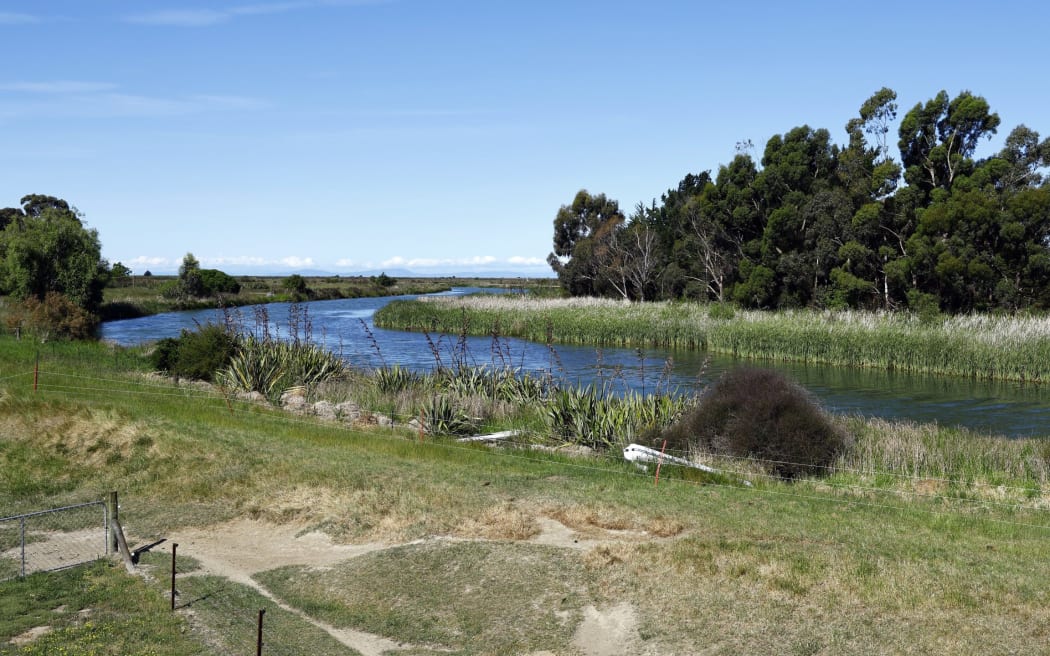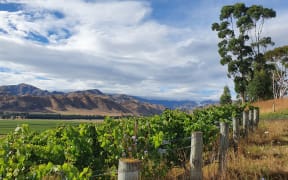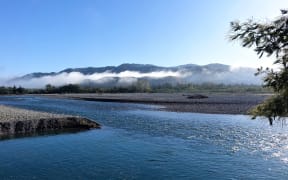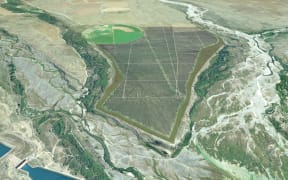
The solar farm's proposed site is next to the Ōpaoa River, near the Wairau Bar. Photo: ANTHONY PHELPS/STUFF
A small group of neighbours between Blenheim and the sea fear a solar farm planned for their quiet neighbourhood will turn it into an industrial-like zone.
Residents of Dillons Point Rd were surprised to get a letter about the project from Energy Marlborough, a subsidiary of Marlborough Lines, in August.
The company bought the property beside the Ōpaoa River, near the Wairau Bar, for $1.3 million.
Energy Marlborough still needs to apply for a resource consent from the Marlborough District Council for the solar farm.
The council will decide if potential adverse effects are more than minor, in which case people will be able to make submissions on the consent, before an independent commissioner will grant or refuse the consent.
While neighbouring property owners say they are not against solar farming, they were concerned it could affect their quiet rural community.
Teresa McKinney, whose property is beside the proposed solar farm, said a meeting with Energy Marlborough did not ease their concerns.
"They are prepared to take risks on flooding in a flood zone, tsunami, which it's in the orange zone for that, earthquakes and liquefaction and wind," McKinney said.

She pointed to the historical value of the site too, close to the Wairau Bar, one of the oldest archaeological sites in New Zealand.
"We've also got endangered wildlife, particularly the kōtuku," she said.
"When you're researching [the effects of solar farms], you can't actually research anything in New Zealand, because it's so new here."
The letter said under the proposal, a new overhead power line would be constructed over the river at the southern end of the property, and up to four 10,000L water tanks would be installed for solar panel cleaning.
The letter said the level of "development activity" would be comparable to establishing a new vineyard.
It would not be permanently staffed, and general maintenance would involve weekly routine checks, and any handling of faults.
The house on the property would be kept and used as a dwelling, and land under the solar panels would be available for sheep grazing, it read.
The entrance of the property would be improved for better access and machinery for construction.
Some existing trees would be removed, but others would be planted.

Marlborough Lines chief executive Tim Cosgrove: "We've engaged early, in good faith." Photo: Supplied / Stuff
Marlborough Lines chief executive Tim Cosgrove said more information would be available to residents once the resource consent was lodged, which he thought would ease concerns.
"It's always a balancing act of engaging early in good faith, which we've done," Cosgrove said.
"It's not until we do the detail and the resource consent application that we can show what it's going to look like, [and] what sort of mitigations we're going to do.
"We're being very transparent around what we're doing.
"I think a lot of their concerns will be addressed once they get more information. But that's what the consent process is for."
He said the proposed farm was another step in advancing Energy Marlborough's strategy and helping the country decarbonise through renewable energy.
There were also plans for solar farms in Ward, and at Yealands Winery in Awatere Valley.
"We are deliberately doing them small because they can fit on small parcels of land," he said.
Fellow neighbour Mark Dix said he believed the project would change the feel of the area. The already beat-up road was only going to get worse and vehicle visits would increase.
"With visitors, the first comment we get is 'isn't it quiet'," Dix said.
Neighbours had been told plantings would hide the visual effects of the farm, but he said he was sceptical about plantings in the exposed - and sometimes flooded - area.
"We've tried planting. It's dry in summer, and then it's inundated in winter."
Leah Gibson said many changes had happened since moving to Dillons Point Rd in 1986.
"But it's all been in tune with the rural environment.
"This is an industrial installation and the risks of having it this close to residents is something that we're not prepared to put up with."
- Local Democracy Reporting is Public Interest Journalism funded through NZ On Air






